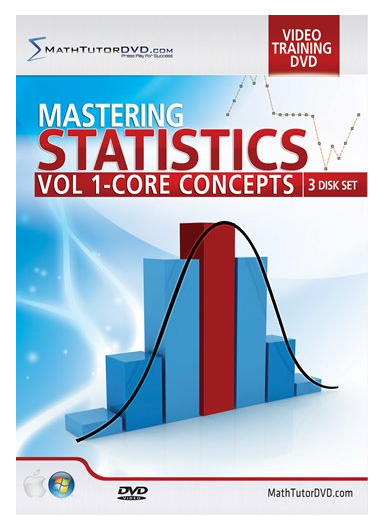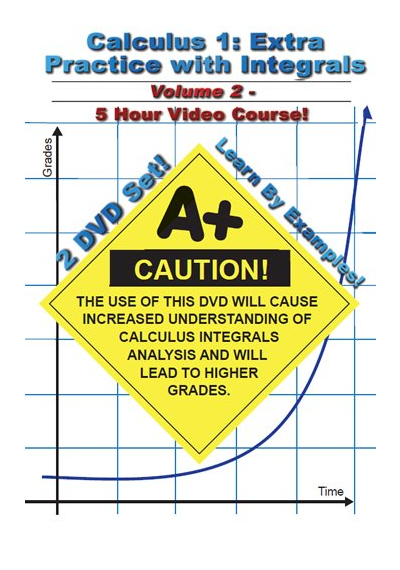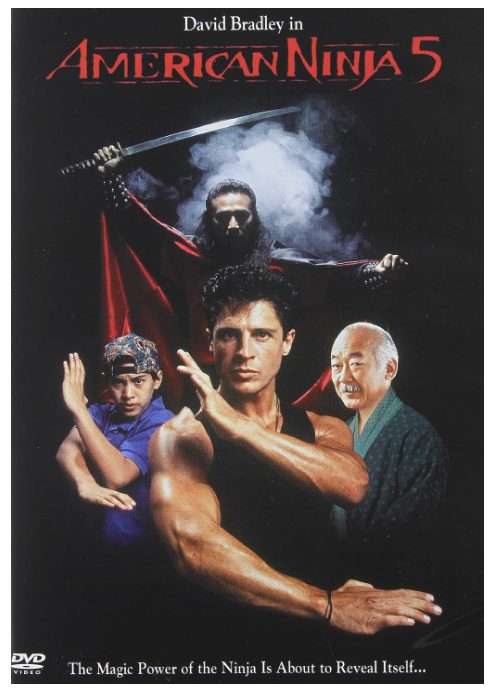
Body For Life (BFL) is a book on fitness and nutrition that was written by Bill Phillips and published in 1999. The book came out at a time when there was not really many all-in-one, workout, nutrition, and supplementation plan. It was before P90x, Insanity and the more reputable things that are out there now that do not emphasize a gadget or magic pill, but said that if you eat right and exercise (and showed you how to do both) you can transform your body. I used the program with a Bowflex and Nordic track ski machine and lost over 40 lbs.
The book is a good introduction to a fitness and nutrition plan. It is perfect for someone who wants to get in shape but needs a little motivation and does not really know what to do. Depending on your body, genetics, commitment, and goals, this can do anything from help you lose a few pounds to get you into a fitness model kind of shape. Just be aware, that depending on your body type and genetics, it may take more than just the 12-week plan laid out here to get you in great shape. I have known people who did (and still do) nothing but BFL and do look like fitness models. I have known others that have had to go beyond BFL to get in great shape. I personally have to eat a lot more strictly than the nutrition plan in the book to get in great shape.
Back in the 1990s, Phillps, a former competitive bodybuilder, was the editor of Muscle-Media Magzine and owned the supplement company, EAS. BFL sprang from a competition that he announced in the magazine, challenging people to get in shape for a chance to win his Lamborghini (which was documented in the film Body of Work). Once BFL was created, they did multiple challenges giving prizes to people who got in shape via the program.
I know people have complained that he shills for his former company's line of supplements in the book. He wrote it when he owned EAS, and when he discusses meal replacement shakes he does plug EAS's brand. He certainly does not insist you have to use it or any other supplement, and I did not feel it took away from the messages in the book at all. And, let's face it he wrote the book in part to make money and had a for-profit company. Anyone in his position would have done the same thing. Since EAS and Myoplex no longer exist, it is a moot point for anyone who was to read the book now.
While Body for Life is probably not as popular as it once was, in part because it has more competition and the fact that Bill is not affiliated with EAS or the BFL challenge anymore, it remains a great program (especially for beginners) and will provide you with plenty of motivation. The hardcover version of the book is about 200 pages and reads very easily. Most people can probably finish the book in a few hours. Throughout the book, there are testimonials, mostly by the people who appeared in the movie Body of Work, but the bulk of the book is spent laying out the fitness and nutrition programs. Each of those is a bit cookie-cutter and as I said above, may not work the same for everyone. The fitness plan can be implemented at home, but just be aware that the lower-body resistance workout is easier to do in a gym where most people will have access to more equipment that will allow them to do a wider variety of exercises and use more weight. If you are a beginner, or just someone who has gotten out of shape over time, this is a good program to start with or to get back on track with.





















